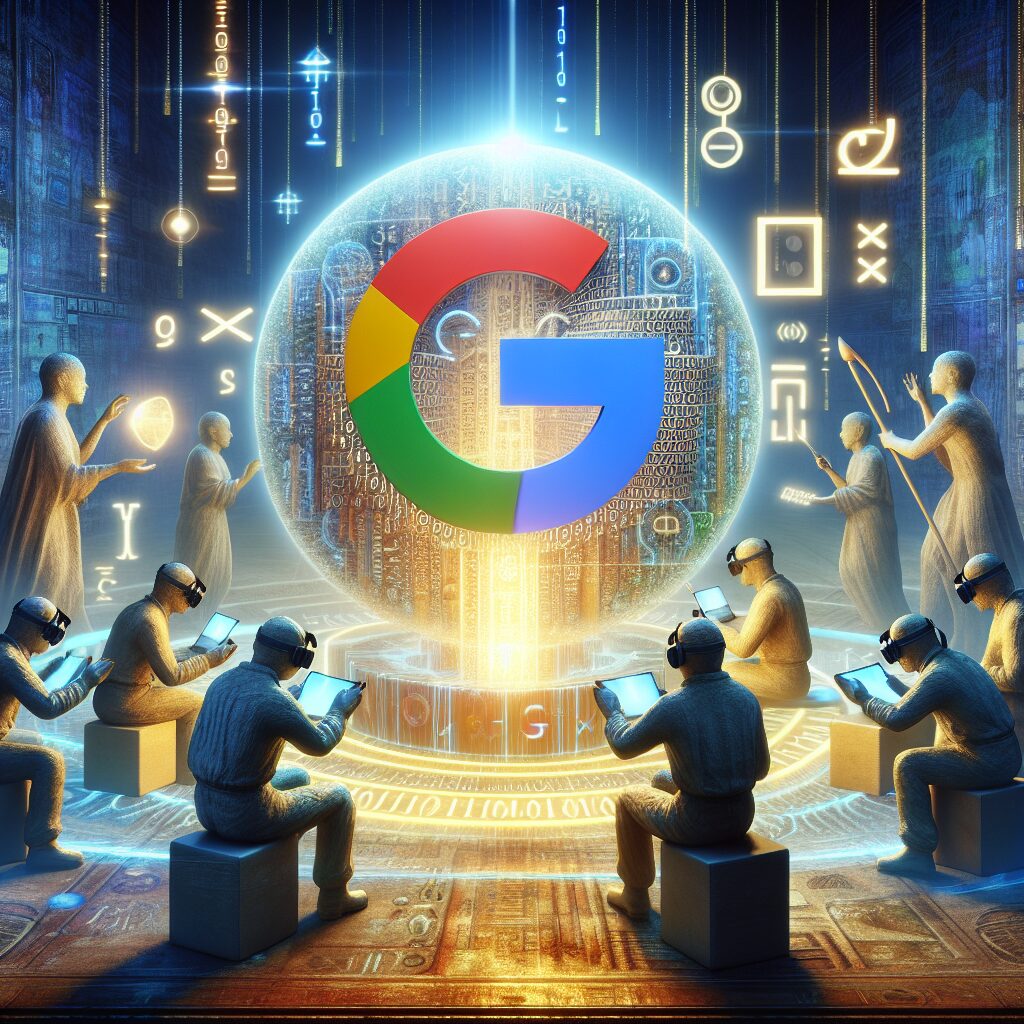Breaking the code of Google’s seemingly unfathomable algorithm is no mean feat. It’s like trying to decipher ancient hieroglyphics without a Rosetta Stone. But as intrepid digital explorers, we’re here to delve into the question that’s been igniting debates in the tech world: Is Google’s Artificial Intelligence (AI) overview impacting website clicks?
To give you a bit of context, Google’s AI overview is a system designed to provide the most accurate and relevant search results. It’s a digital wizard that dives deep into the boundless sea of the internet, retrieving the information you need in an almost telepathic fashion. The tech community has always been fascinated by how this AI, with its intricate and complex algorithm, impacts website traffic, particularly clicks.
Recent studies suggest that the number of clicks to websites has remained relatively stable with the introduction and development of Google’s AI overview. But isn’t that a bit odd? One would expect such a powerful, advanced tool to significantly increase website traffic, right? Well, not necessarily.
The truth is, Google’s AI overview isn’t necessarily flawed; it’s just misunderstood. The AI doesn’t drive traffic to websites; it merely directs it. Its main job is to understand user queries and provide the most appropriate search results. The clicks to the websites are up to the users. It’s like a traffic cop at a busy intersection – it can direct the traffic, but it can’t force cars to go in a certain direction.
The key to increasing website clicks lies not in trying to outsmart Google’s AI, but in understanding it. It’s about creating content that aligns with user intent. Google’s AI isn’t a gatekeeper, but a bridge builder, connecting users with the content they’re seeking.
So, is Google’s AI Overview impacting website clicks? Yes and no. It’s not driving traffic to websites, but it’s certainly influencing it. It’s like a sous-chef in a gourmet kitchen – it doesn’t create the main dish, but it assists in its preparation, making sure all ingredients are in place. Thus, the stability of clicks to websites is not a flaw, but an indication of the AI’s neutrality and fairness.
In this digital age, it’s easy to blame the algorithm when things don’t go our way. But understanding the mechanism behind it can lead us to the realization that the power lies not in the algorithm, but in the hands of those who know how to use it. So, instead of asking if Google’s AI overview is flawed, maybe we should be asking how we can make it work for us.
